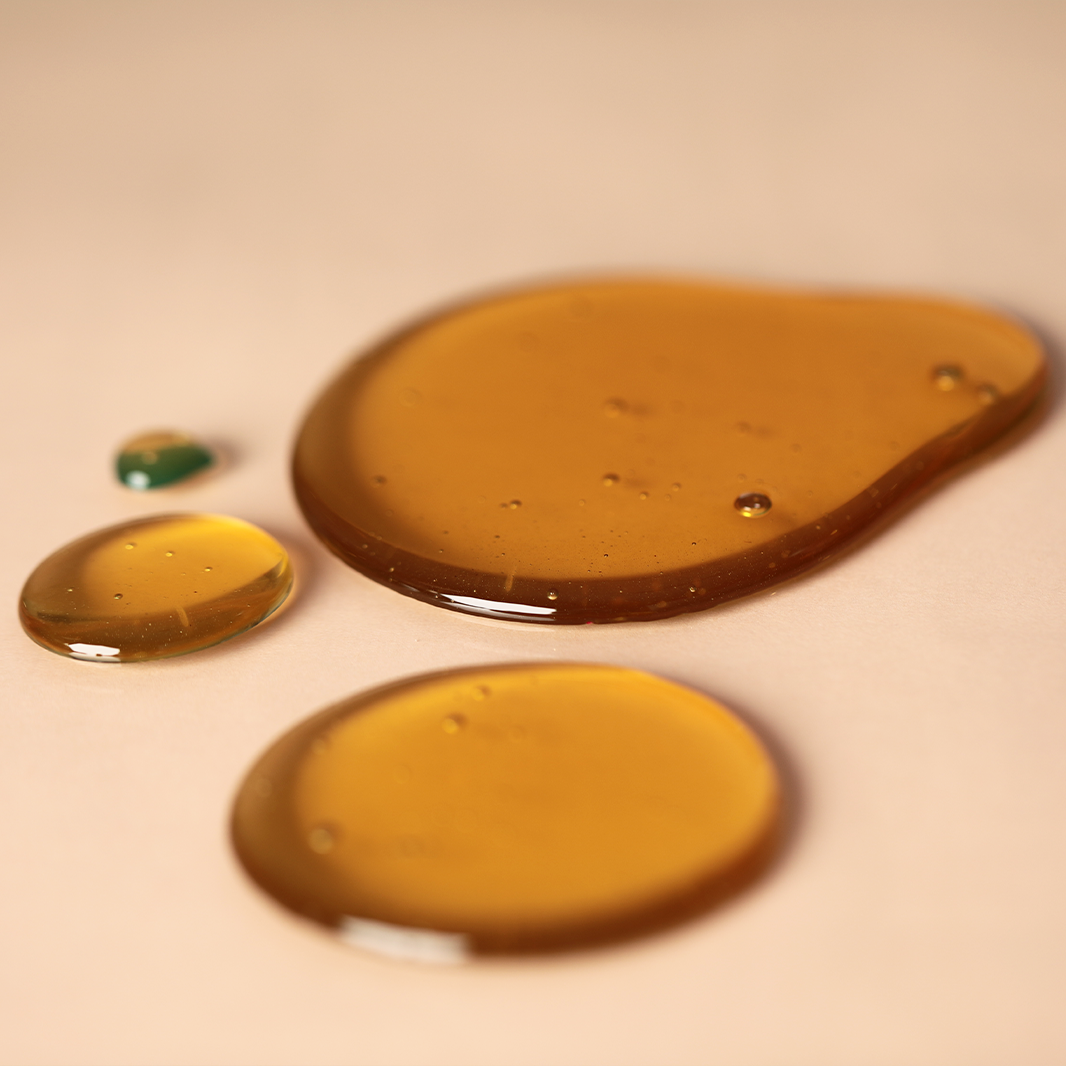Royal jelly is a white, jelly like bee secretion for the purpose of exclusively feeding the queen bees. Although the workers only survive for about 45 days, the queen bee grows two times bigger in size and lives up to 5-7 years while laying up about 2000 eggs a day. Royalactin, the main active protein, is responsible for the longevity of the queen.
Royal Jelly shows potent anti-aging effects, especially on skin. It increases internal collagen production and protects the skin from UV rays.However another benefit is it’s ability to support the immune system.
A review published by Japanese scientists evaluated the effect of royal jelly on the immune system.Royal jelly contains proteins and lipids by about 10% (dry matter basis). 10 -Hydroxy-trans-2-decenoic acid (10H2DA), often referred to as "royal jelly acid," is a significant and unique lipid component in royal jelly. The effect of 10H2DA on innate and adaptive immunity has attracted many scientists through in vitro and in vivo studies. Royal jelly has been considered to be beneficial for the treatment of autoimmune and inflammatory diseases. It has been revealed that 10H2DA is involved in some of those activities, including inhibition of lipopolysaccharide (LPS)-and interferon (IFN)--stimulated macrophage responses, inhibition of T-cell proliferation and anti rheumatoid activity. Other biological activities also involve estrogen-like activity, particularly easing postmenstrual syndromes, anti-tumor activity, promotion of collagen production, and neurogenic activity on brain cells.
Referance
Sugiyama, T., Takahashi, K., & Mori, H. Royal jelly acid, 10-hydroxy-trans-2-decenoic acid, as a modulator of the innate immune responses. Endocrine, Metabolic Immune Disorders-Drug Targets (Formerly Current Drug Targets-Immune, Endocrine Metabolic Disorders), 2012, 12(4), 368-376.






